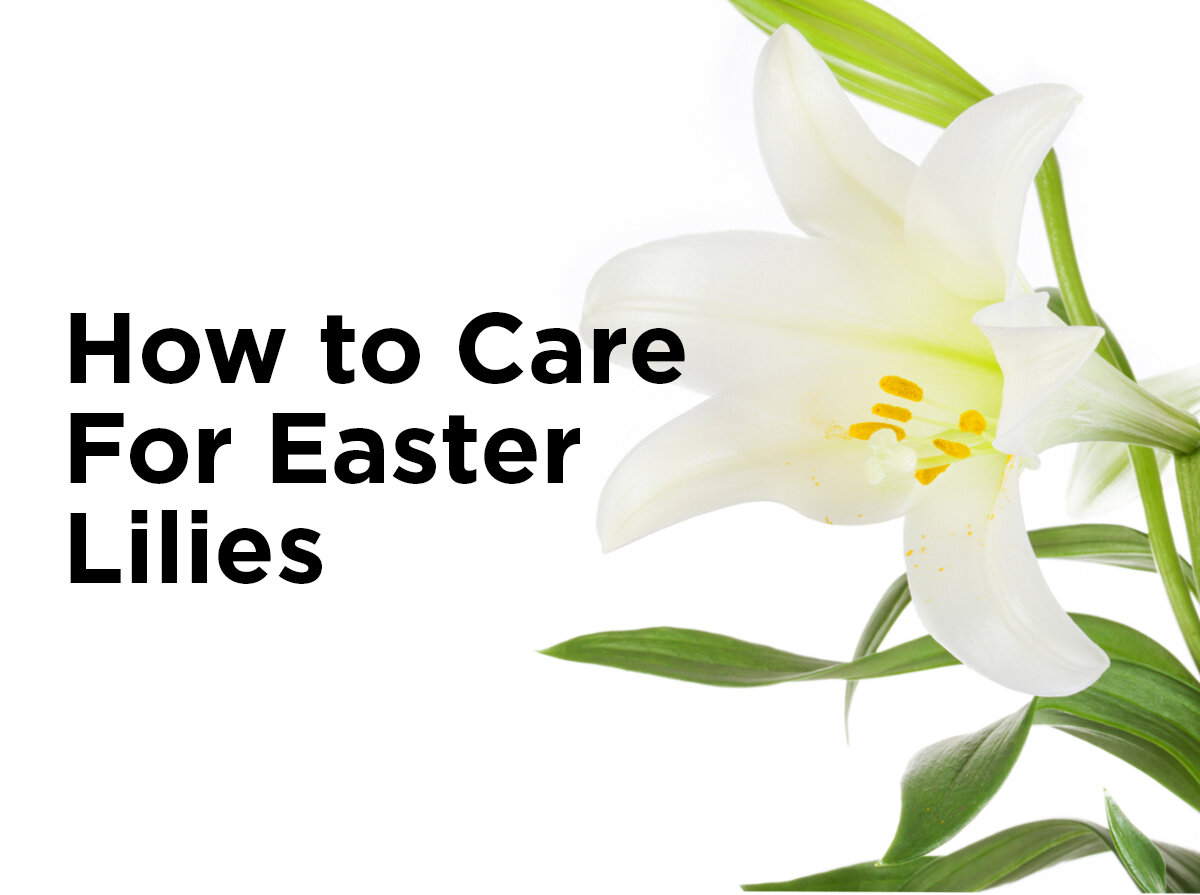How to Sprout Stubborn Seeds
After a month of waiting, none of your seeds have sprouted and you just don’t know what went wrong. In fact, the radicle (the root tip which appears first) hasn’t even shown and you’re starting to think all of your seeds have gone bad. While infertility is a possible reason, let’s hold to hope that it’s something else. Seeds can remain dormant for multiple reasons, but the typical cause is that conditions have either not made the outer shell permeable or the internal embryo hasn’t yet developed.
Dormancy
Seeds are protected by a seed coat on the outside. This coat is what protects the seed from harsh weather during the winter and the digestive tracts of animals after fruit has been eaten. Seeds stay dormant behind this protective coat until a combination of heat, water, and lack of light mix together to germinate the seed. Even then, the outer coat has to allow water to pass through to the plant inside. The winter season, breakdown from soil bacteria, or being eaten by animals are how this outer seed coat is cracked or softened to allow for germination. If your seeds haven’t sprouted yet, it’s time to mimic nature by copying these processes.
Prepare Your Seeds
Let’s start with the direct approach, scarification. Scarring seeds is typically for large seeds or seeds with really hard coats (bean seeds are a good example). In scarification you use a hobby knife or razor blade to score the outside of the seed. Gently scrape off or nick part of the outer shell until it changes color. Be very careful not to cut too deeply or you’ll damage the plant embryo inside. Alternatively, you can rub the seed with sand paper or a small file to remove the outer coat. One technique is to put the seeds on a sheet of sandpaper in a small container and then shake the container. Whichever method you use, the goal is to remove enough of the seed coat that water permeates the coat and causes the seed to germinate.
For tiny seeds, perennials, or tree and shrub seeds it’s better to use stratification. This process takes a little longer but mimics the freeze/thaw cycles of winter. Place your seeds in a growing medium like perlite or coco, moisten with water (enough to keep the medium damp) then seal it in a small sandwich bag. Place this bag in the refrigerator (not the freezer) and leave it for two weeks. Check on the seeds regularly to make sure the medium hasn’t dried out, then place the bag in a cool place for a week. Repeat this cycle for about two months before sowing the seeds. You’ll definitely want to start this method far in advance of planting because of how long it takes to prep the seeds.
You can also pre-soak the seeds. Soaking the seeds is the simplest method for triggering germination, and is great for large, hard and wrinkly seeds. Simply place the seeds in lukewarm water for 24 hours then plant. For some seeds this can be used in place of scarification, especially when you’re worried about harming the plant. The soak will soften the shell enough to permeate the seed and start the germination process. Store bought seeds are usually dried and can take time for water to permeate the dry shell. Seeds you’ve taken from your own plants haven’t been processed to crack or erode the outer shell allowing for water to permeate to the embryo.
Wherever your seeds came from, you can improve germination by mimicking nature. Scarification (scoring the outside of the seed), stratification (chilling moist seeds), and soaking (self-explanatory) all help to awaken a dormant seed so it will germinate. Agree or disagree with the preceding tips? I’d love to hear your take on alternatives or better ideas. You can always contact us by commenting here or on Facebook, Twitter, LinkedIn, or Pinterest!







